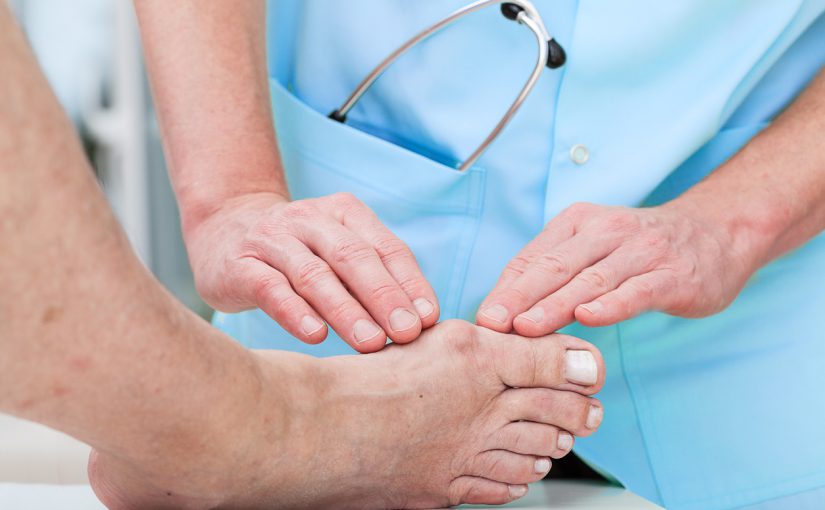While it hopefully never happens to you, there are some cases in which a failed bunion surgery leaves a patient in more pain than they had before the procedure. A failed bunion surgery can happen when the bunions return even after the surgery has been completed. This is a painful process that can happen if the bone is unable to completely heal. Sometimes, bunions can return if the post-procedure care process was not as carefully considered as it could have been.
So, what happens when the first bunion surgery fails? How can a correction surgery solve the problem once and for all? At Jamfeet, we offer a precise revision bunion surgery in Los Angeles for failed bunionectomy surgeries. There are many ways in which Dr. Jamshidinia can correct the pains you’re experiencing on your foot.
Understanding What Failed
The biggest key to ensuring that the revision is done right is to know what went wrong the first time around. That way, the mistakes can be avoided in the future and other symptoms can be taken into consideration.
The most common complications that can come from a failed bunionectomy include:
- Foot deformities
- Over or under-correction of the foot
- Recurrence of bunions
- Consistent pain in the feet
It won’t take long to notice whether a bunion surgery has failed. In this case, it’s best to seek bunion surgery in Los Angeles as quickly as possible. Dr. Jamshidinia is always available to schedule a consultation to help relieve your pain.
Offering the Right Revision Procedure
Bunion correction surgery is always a viable option for those who have expressed extreme dissatisfaction with their former bunion procedure. This is especially true if the patient is suffering from pain, deformities, or a recurrence of the bunions. The biggest reason why a revision needs to be made is because the former surgeon did not address the big toe joint, which can result in the patient being unable to move their big toe as much as they could before.
It is important to keep in mind that bunion revision procedures are more complex than initial bunion procedures, but specialized professionals can do it right. This is because the joint of the big toe, also known as the Proximal Articular Set Angle of the big toe joint, can erode over time and needs to be given attention as quickly as possible.
Knowing Your Limits
There are still some cases in which it may be best to avoid bunion surgery altogether. Some of the reasons why you may not be a likely candidate for bunion revision surgery include:
- There is too much nerve damage
- There is poor blood flow to the toe area
- The bunions are completely painless and do not cause pain or trouble walking
- The patient refuses to follow the surgeon’s instructions following the procedure
In most cases, you will be approved for this important procedure. However, it’s important to keep in mind that you must establish an open and honest line of communication with your surgeon, so that they may best assess your needs.
What to Expect Before and After the Procedure
The procedure lasts a little longer than an initial bunion surgery does. This is because specific techniques may be needed to help correct the issues. Your surgeon may recommend that you keep pressure and weight off your foot for a long period of time, and perhaps wear wrapping to keep it protected.
After surgery, you should expect to have your sutures for about two weeks. Try keeping as much weight and pressure off your foot as you can, until your surgery says you are ready to walk again.
Revision Bunion Surgery in Los Angeles
Did your bunions return? Are you dealing with a disfigurement? Bunion surgery in Los Angeles is possible to address your pain. It’s important to get help for this condition as quickly as possible, for the best chances of recovery and revision. For more information, our friendly staff members are here to help! You can contact us online or give us a call at (310) 247-9255.


